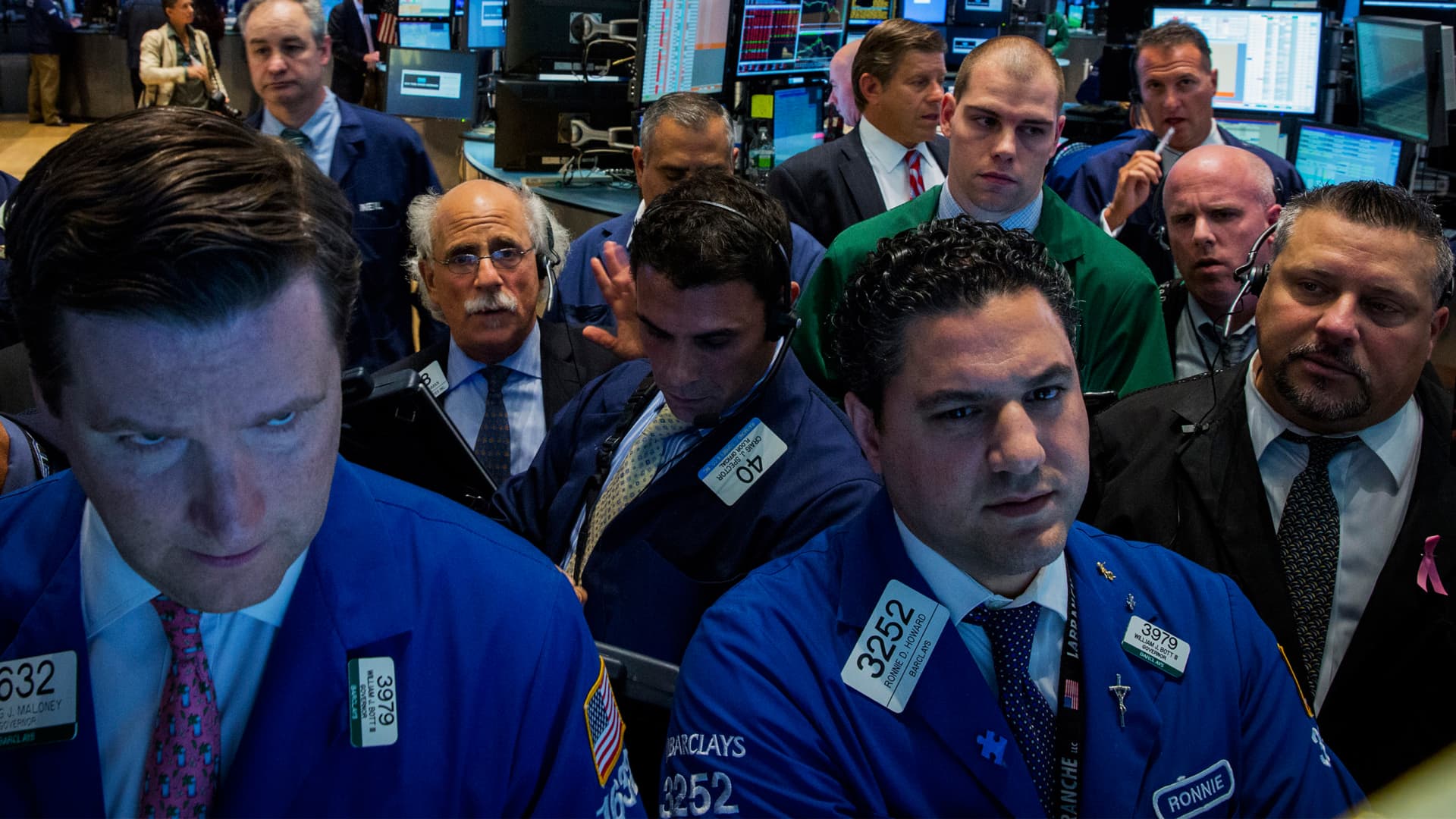After a stunning rebound for the market, Canaccord Genuity expects rangebound trading ahead as investors look to the deadline on President Donald Trump’s tariff pause. Trump sent U.S. markets into a tailspin early last month after he unveiled his plan for broad and steep “reciprocal” levies on goods from many foreign countries. But Trump walked back that plan just a week later by offering a 90-day pause on many of those taxes, which encouraged investors to begin returning to the U.S. stock market. Stocks got another boost last week once the White House announced a trade deal with China that included a temporary cut to one another’s tariffs. All three of the major indexes now trade above where they sat on April 2, the day Trump announced his contentious plan. At this point, however, Canaccord Genuity analyst Michael Graham does not see more room for the broad market to run. He also said to brace for more tumult in the market as the three-month pause of tariffs nears its July expiration date. “The market has recovered quickly and decisively to roughly the same P/E as post-inauguration highs,” Graham wrote in a Monday note to clients, using shorthand for a price-to-earnings multiple. “But through the volatility new variables were introduced, putting pressure on the short-term risk/reward balance.” “We would not be surprised to see a sideways market for the next two months with volatility gradually increasing as we approach mid-July tariff deadlines,” he added. .SPX 3M mountain S & P 500, 3-month Other risks remain in the market, Graham said. He cited factors such as an expected slide in earnings per share gains, a cooling economy and eroding consumer confidence. On top of this, even with Trump’s policy adjustments, tariff rates remain higher, he said. The analyst also pointed out Moody’s announcement on Friday that it was downgrading the U.S.’ credit rating shines even more light on the ongoing budget reconciliation process happening in the federal government. “Once passed (if passed), investors will likely be doing calculus around growth benefits vs. more leverage,” Graham said of the government’s budget work. “This could ultimately skew positive, but the process leading to passage feels like a volatility-inducer.”





